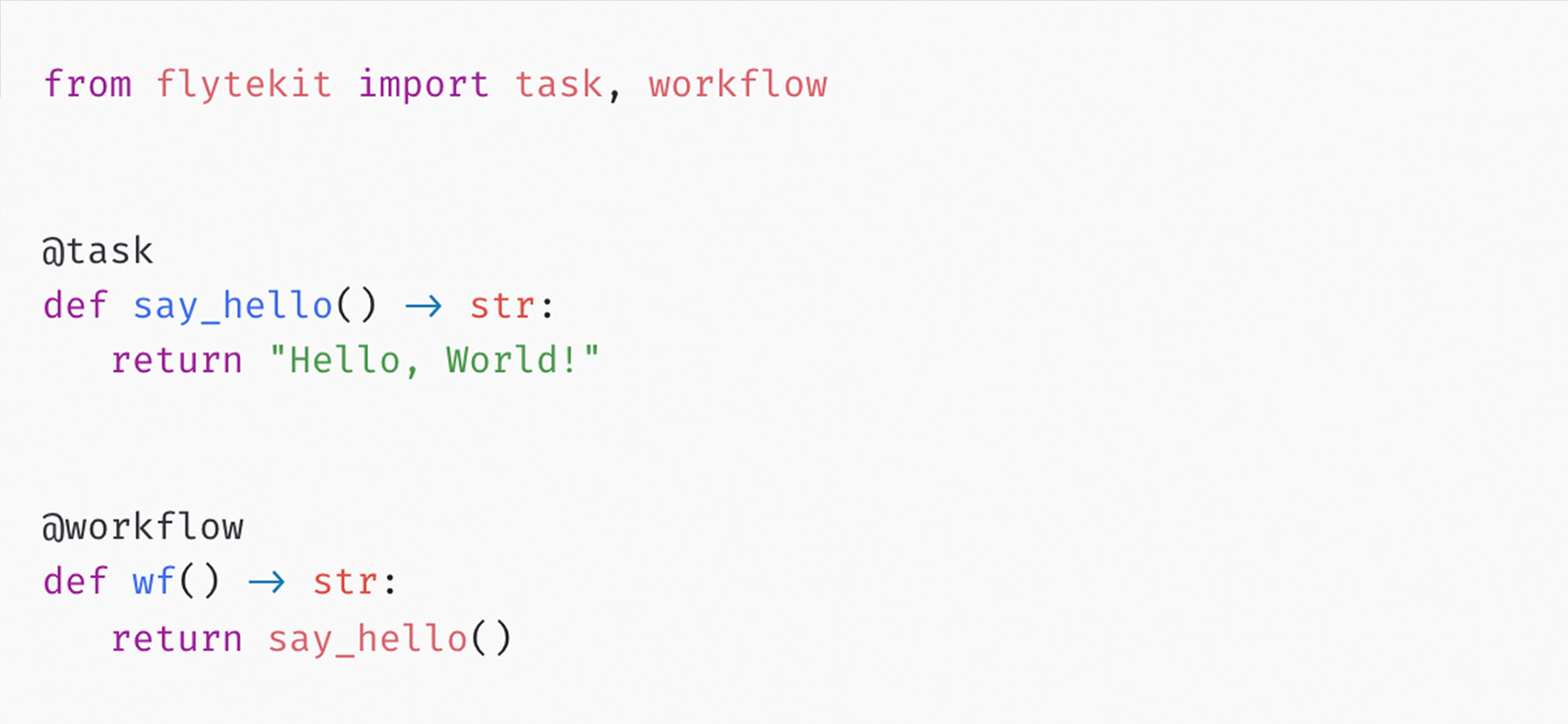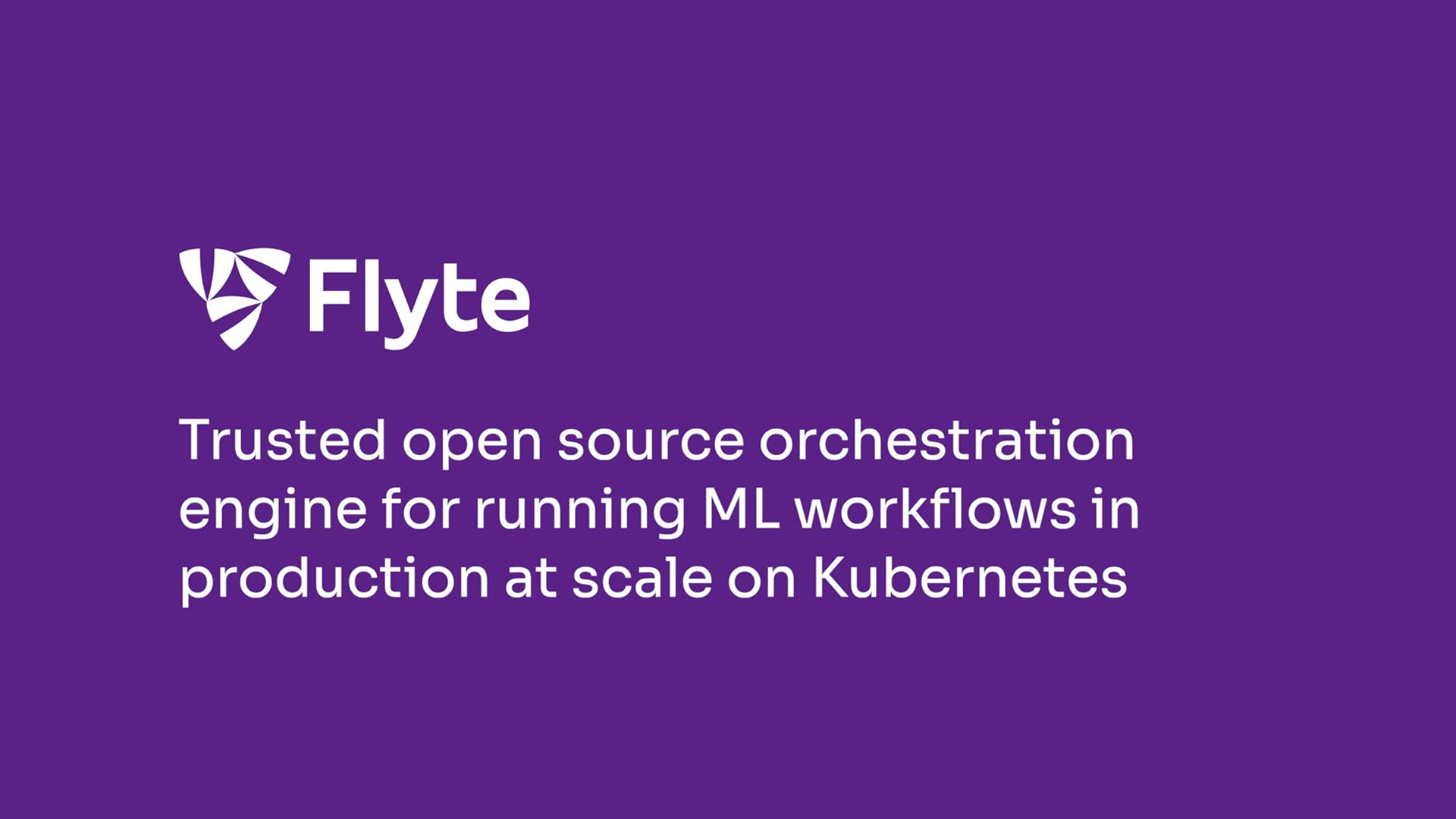Dynamic, crash-proof AI orchestration
Orchestrate durable, flexible, k8s-native workflows. Trusted by 3,000+ teams to create and deploy pipelines at scale.
Announcing Flyte 2.0
For building reliable AI/ML pipelines and agents with OSS.
Flyte 1 is available today
Get Flyte 1For building scalable, mission-critical AI systems and agents in your cloud.
Are you part of a startup?
Ask us about startup pricing.


Scale compute on-demand
Scale tasks dynamically with native Kubernetes-based execution. No idle costs. No wasted cycles. Just efficient, elastic execution.
Crash-proof reliability
Automatic retries, checkpointing, and failure recovery ensure your workflows stay resilient. Stop babysitting pipelines. Flyte handles failures so you don’t have to.



Write locally, execute remotely
Debug and iterate locally with instant feedback, then deploy the exact same code to production.
One platform for your workflow orchestration needs
Manage the lifecycle of your workflows on a centralized platform with ease and at scale without fragmentation of tooling across your data, ML & analytics stacks.
Minimal maintenance overhead
Set up once and revisit only if you need to make Flyte more extensible.
Robust and scalable like never before
Deploy your data and ML workflows with confidence. Focus on what matters most — the business logic of your workflows.
Vibrant community
Receive timely responses to your questions on Slack, with an average response time of 6–8 hours or less.



















